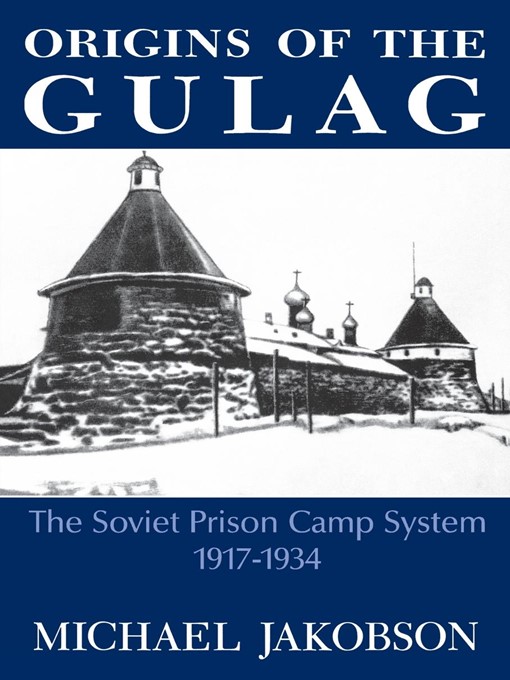A vast network of prison camps was an essential part of the Stalinist system. Conditions in the camps were brutal, life expectancy short. At their peak, they housed millions, and hardly an individual in the Soviet Union remained untouched by their tentacles. Michael Jakobson's is the first study to examine the most crucial period in the history of the camps: from the October Revolution of 1917, when the tsarist prison system was destroyed to October 1934, when all places of confinement were consolidated under one agency — the infamous GULAG.
The prison camps served the Soviet government in many ways: to isolate opponents and frighten the population into submission, to increase labor productivity through the arrest of "inefficient" workers, and to provide labor for factories, mines, lumbering, and construction projects.
Jakobson focuses on the structure and interrelations of prison agencies, the Bolshevik views of crime and punishment and inmate reeducation, and prison self-sufficiency. He also describes how political conditions and competition among prison agencies contributed to an unprecedented expansion of the system. Finally, he disputes the official claim of 1931 that the system was profitable — a claim long accepted by former inmates and Western researchers and used to explain the proliferation of the camps and their population.
Did Marxism or the Bolshevik Revolution or Leninism inexorably lead to the GULAG system? Were its origins truly evil or merely banal? Jakobson's important book probes the official record to cast new light on a system that for a time supported but ultimately helped destroy the now fallen Soviet colossus.

